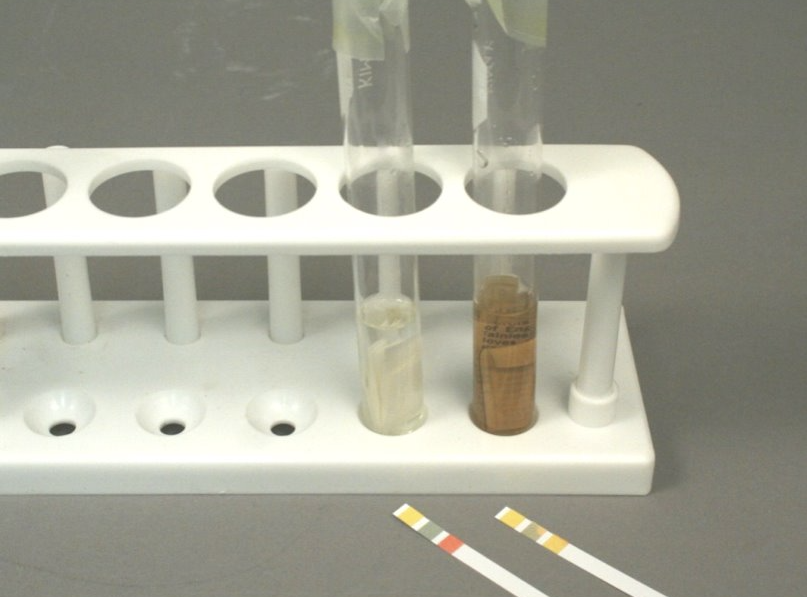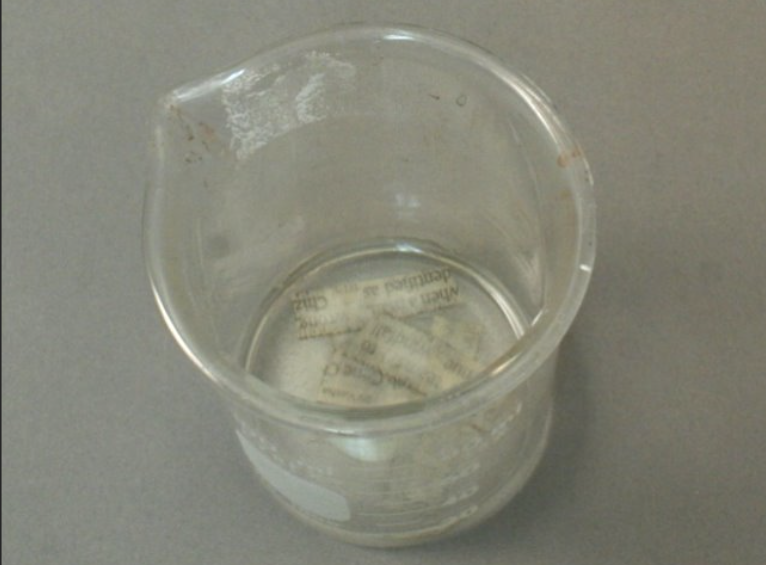
The paper used for prints, drawings, documents, books, and photographs often becomes discolored and brittle due to increasing acidity. This lab activity evaluates the acidity of various papers using pH.
Many paper materials including historical documents, prints, and drawings are worth preserving. Paper is defined as a matted sheet of cellulosic fibers, and wood pulp is the most common source of cellulose for modern paper. Previously, paper was made from linen and cotton fibers, which are longer than the fibers of wood pulp. Over time, cellulose fibers break down. Acidity is a key agent of fiber deterioration because it catalyzes hydrolysis, a process that severs the chains of paper molecules. Higher quality papers have less inherent acidic components like lignin, and therefore they do not degrade as quickly. However, these papers can still become acidic through environmental exposure. Conservators often bathe acid- damaged paper in water to remove acidic discolorations, reestablish broken hydrogen bonds, and help prevent further damage. In this lab, students will explore the acidity of different papers and test the aqueous treatment process.
Objectives:
- To examine the acidity of different types of paper and understand the use of acid-base properties in aqueous treatment baths
Georgia Performance Standards:
SC7. Students will characterize the properties that describe solutions and the nature of acids and bases.
b. Compare, contrast, and evaluate the nature of acids and bases:
- Arrhenius, Bronsted-Lowry Acid/Bases
- Strong vs. weak acids/bases in terms of percent dissociation • Hydronium ion concentration
- pH
- Acid-Base neutralization



